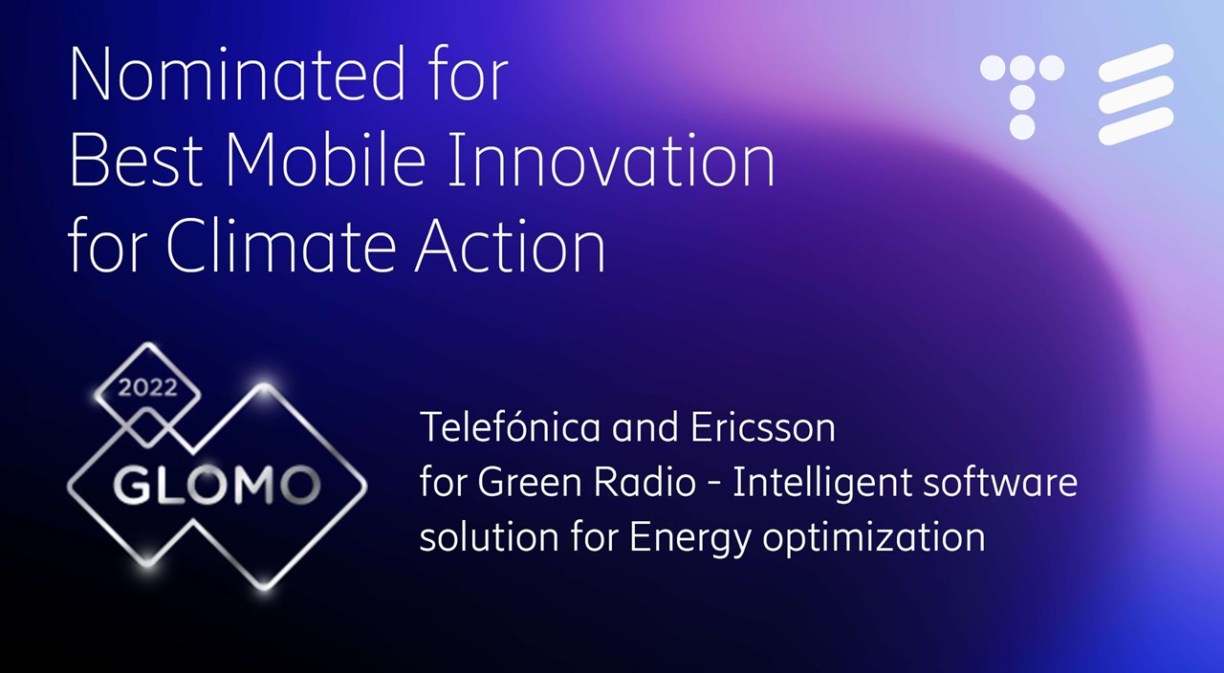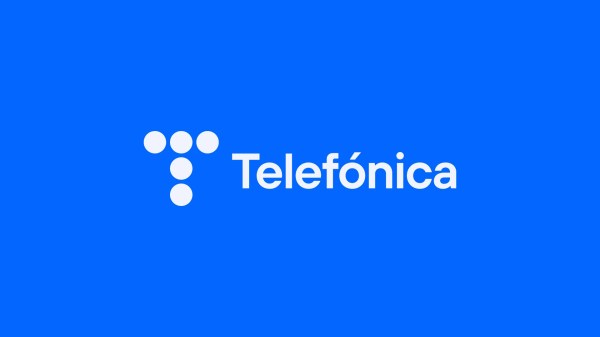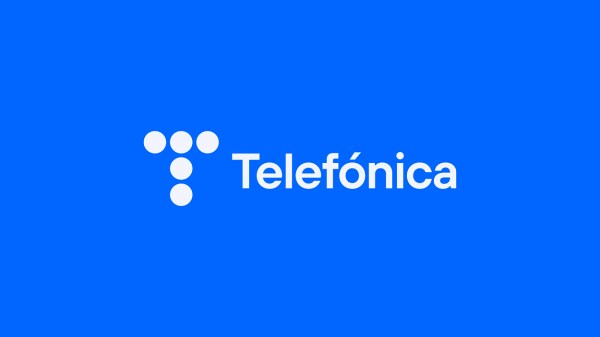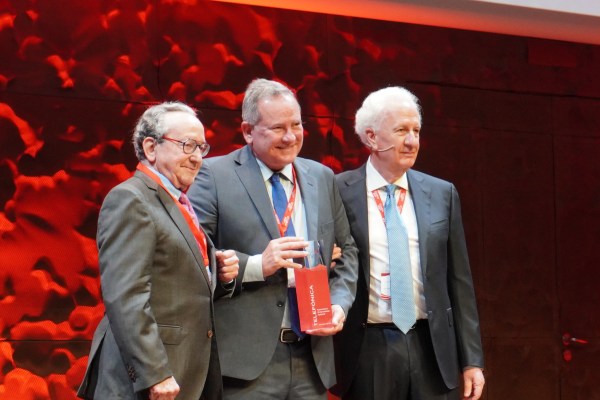Telefónica has ended up finalist at the GLOMO Awards announced today at MWC in the category of “Best Mobile Innovation for Climate Action”, thanks to the project “Green Radio – Intelligent software solution for Energy optimization” developed together with Ericsson.
Telefónica Spain has been the first operator worldwide to test Ericsson’s Radio Deep Sleep Mode energy saving functionality, tested in Madrid at a site with 5G deployment configuration. Supported by Artificial Intelligence and Machine Learning algorithms, the company achieved savings of up to 8%, considering the site’s total 24-hour consumption, and up to 26% in low traffic hours.
In addition, the Micro Sleep Tx functionality was tested in 4G and 5G technologies in the city of Talavera de la Reina. With continuous operation throughout the day, an energy reduction of up to 16% was achieved.
Power Savings Features (PSF) are software functionalities that are activated in the mobile network allowing the shutdown of electronic components, carriers, sectors and/or cells, with the objective of optimising energy consumption in low traffic situations. Their implementation depends on the hardware and software versions available in the network itself.
More than 1,440 energy efficiency projects
Climate change is a priority for Telefónica, which is aware of the urgency of reducing CO2 emissions to limit the increase in global temperature to 1.5ºC. It has therefore set a target of net zero emissions by 2025 to go beyond the Paris Agreement, in its main markets and by 2040 globally and in its value chain. In the last six years, Telefónica’s worldwide energy consumption has been reduced by 7.2%, while traffic has increased by up to 6.7 times.
This achievement is due to the implementation of more than 1,440 energy efficiency projects, including those focused on activating Power Saving Features in the mobile network. The first PSFs for 2G and 3G networks were based on static parameters, but the current ones for 4G and 5G use Artificial Intelligence and Machine Learning to predict traffic and generate further optimisation of energy consumption.
Telefónica started the implementation of the first PSFs on the 2G network in O2 Germany more than 12 years ago and soon moved on to other Group operations and to the 3G and 4G networks of all the providers that support our mobile network. The goal has always been to deploy as much energy-saving software functionality in base stations as possible without compromising the quality of service for our customers.
In 2020 Telefónica started testing the first functionalities for the 5G network and in 2021 the Artificial Intelligence and Machine Learning platforms, also in O2 Germany. In order to optimise energy consumption, these platforms automate processes for configuring thresholds, shut down cells during low traffic hours and periodically review quality so as not to affect network performance or user experience.
The road to Autonomous Networks
These initiatives are part of the “Sustainable Platform Design” project, also part of the more ambitious “Autonomous Network Journey” transformation programme. Telefónica is currently working on building the networks of the future, and 5G is clearly part of this new design. In addition to being able to support new services with much more demanding requirements, and provide our customers with a superior experience, sustainability and energy efficiency are also key attributes for Telefónica from its conception and design, as reflected in these types of initiatives.
Telefónica’s plans for 2022 include continuing to implement new functionalities from all our mobile network providers, with the aim of reducing the gap between the energy consumption curve and the traffic curve, in order to achieve the desired “Zero bits, Zero watts”. To achieve this, the company will continue to rely on the collaboration of incumbent mobile technology providers, who continue to evolve their functionalities, platforms and hardware to become more autonomous, energy efficient and reliable.
For more information: Telefónica at MWC 2022








